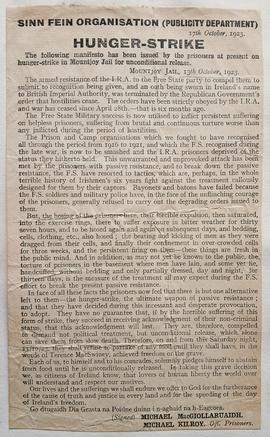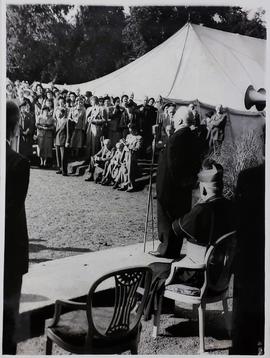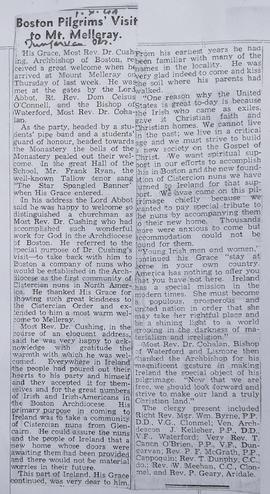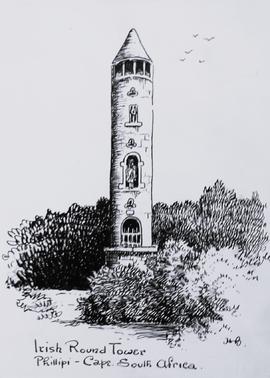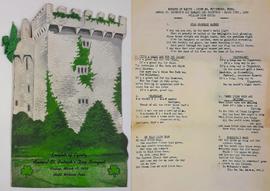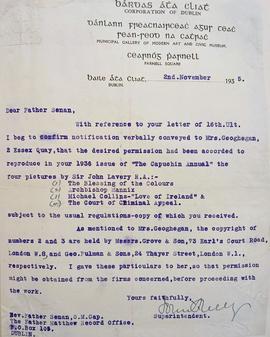Funeral of Fr. Mícheál Ó Flannagáin
- IE CA CP/3/16/12/38
- Parte
- 16 Aug. 1942
Parte de Irish Capuchin Archives
A clipping of an article reporting on the funeral of Fr. Mícheál Ó Flannagáin (Michael O’Flanagan) in Glasnevin Cemetery in Dublin. The clipping is taken from ‘The Kerryman’ (16 August 1942).



